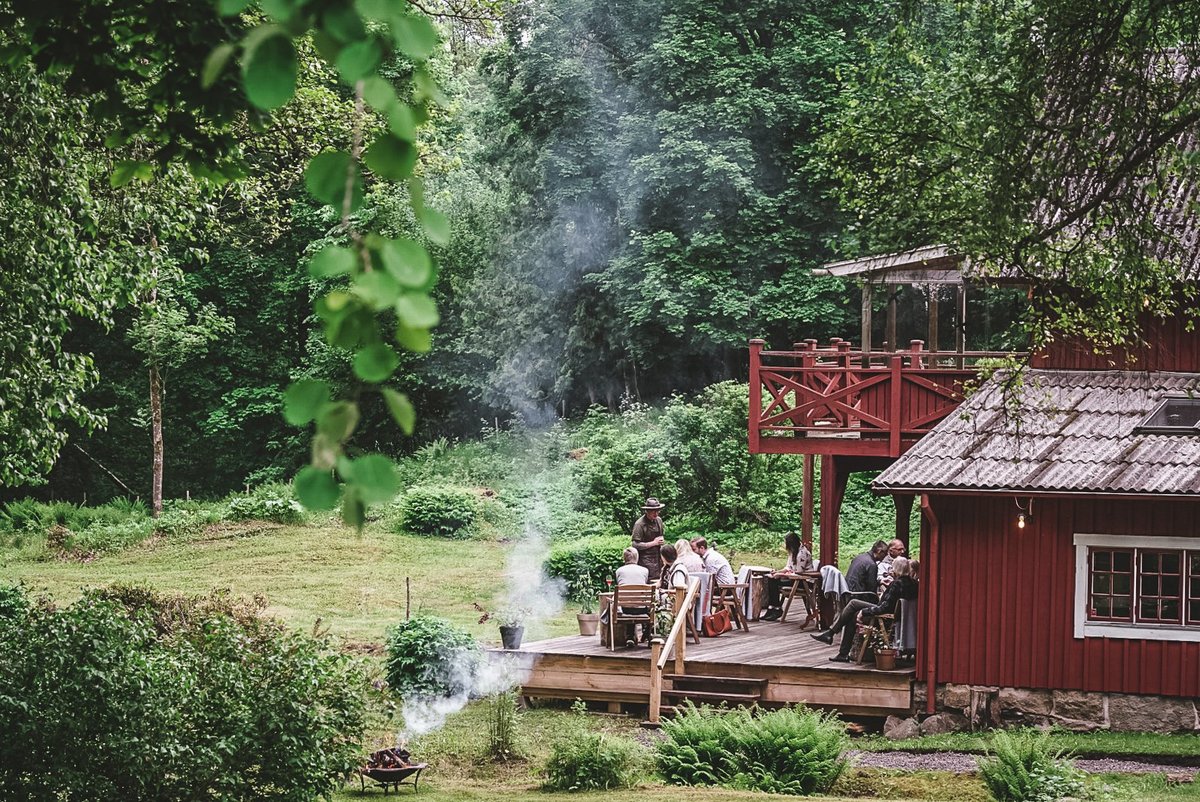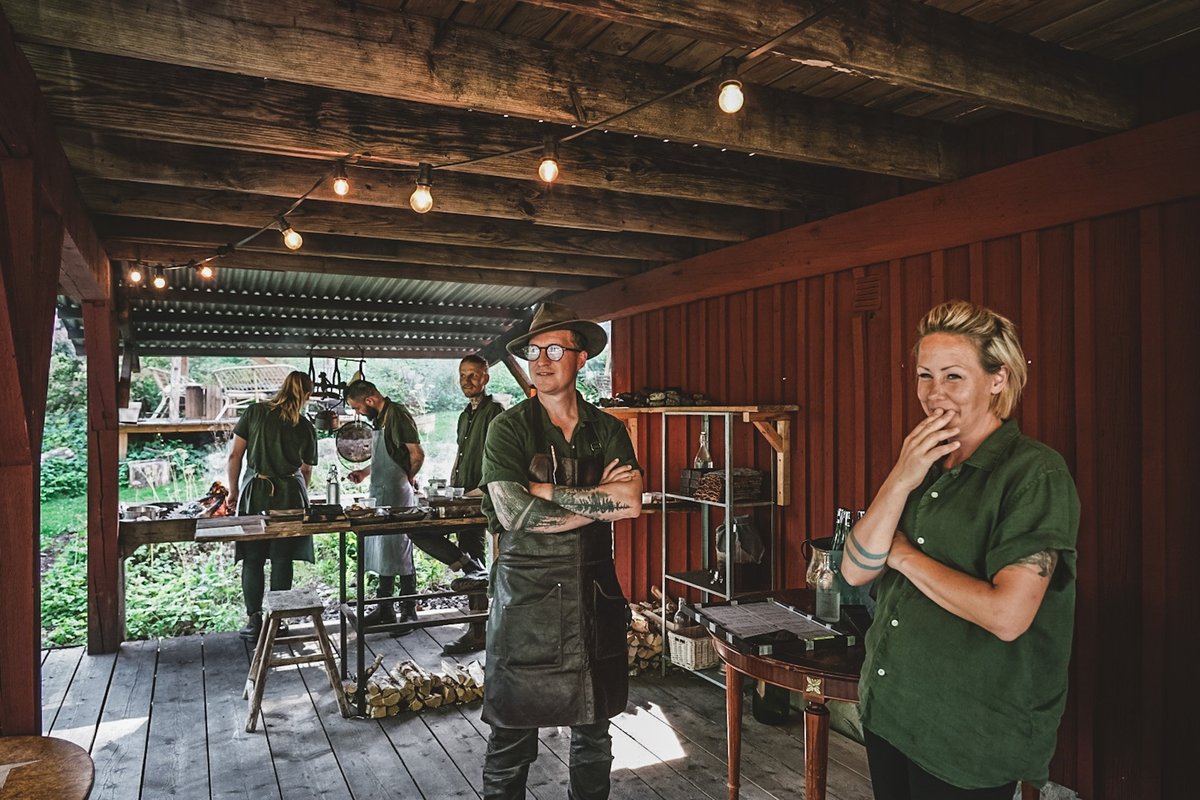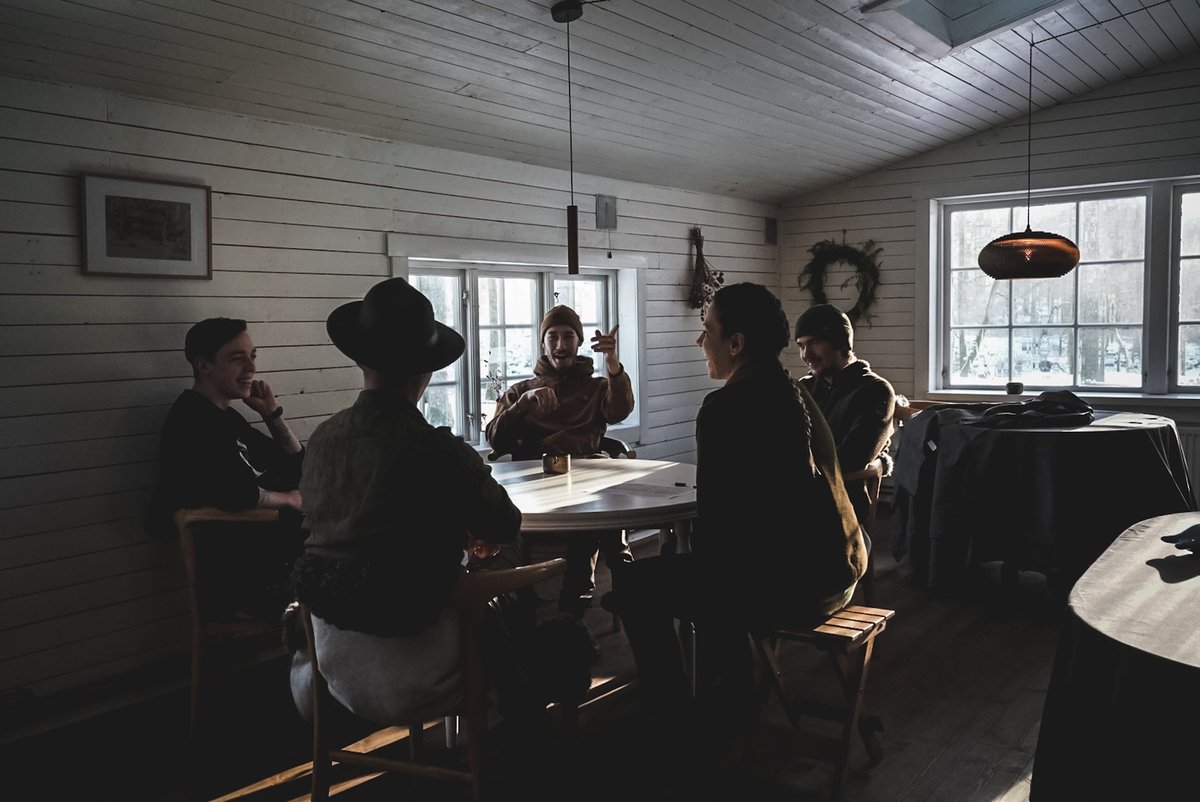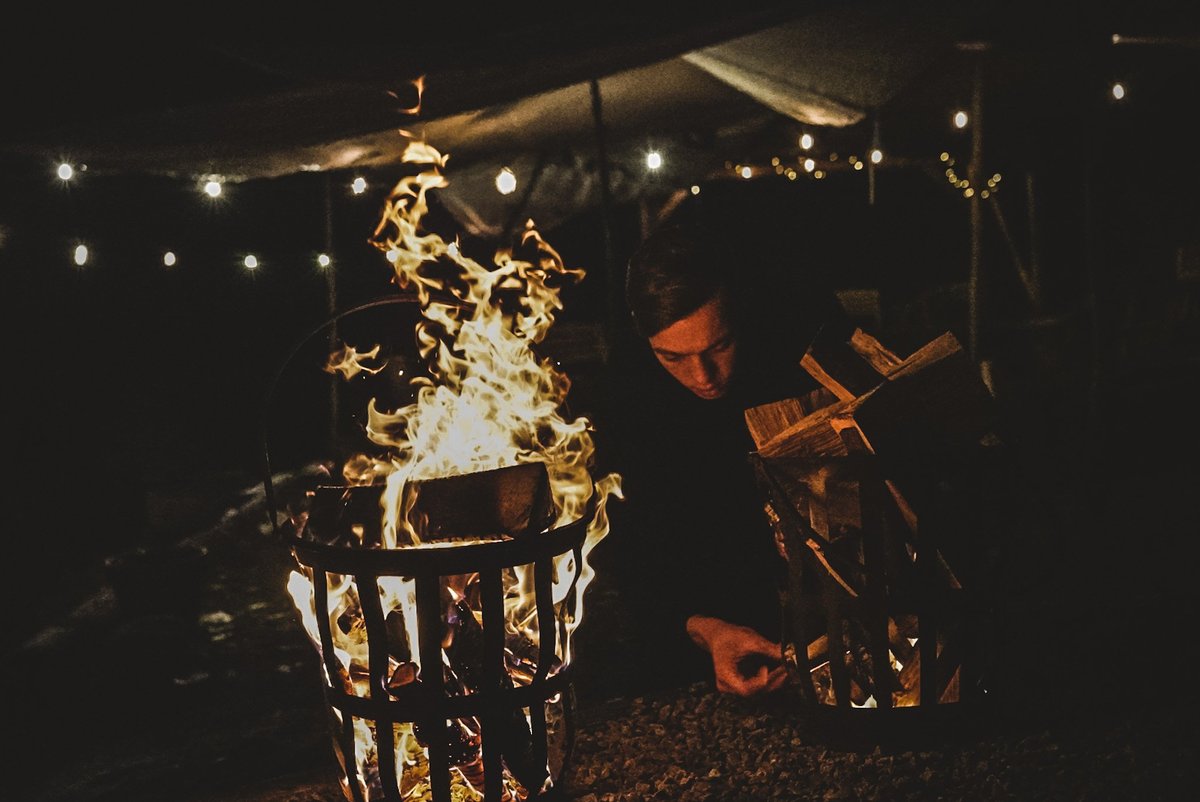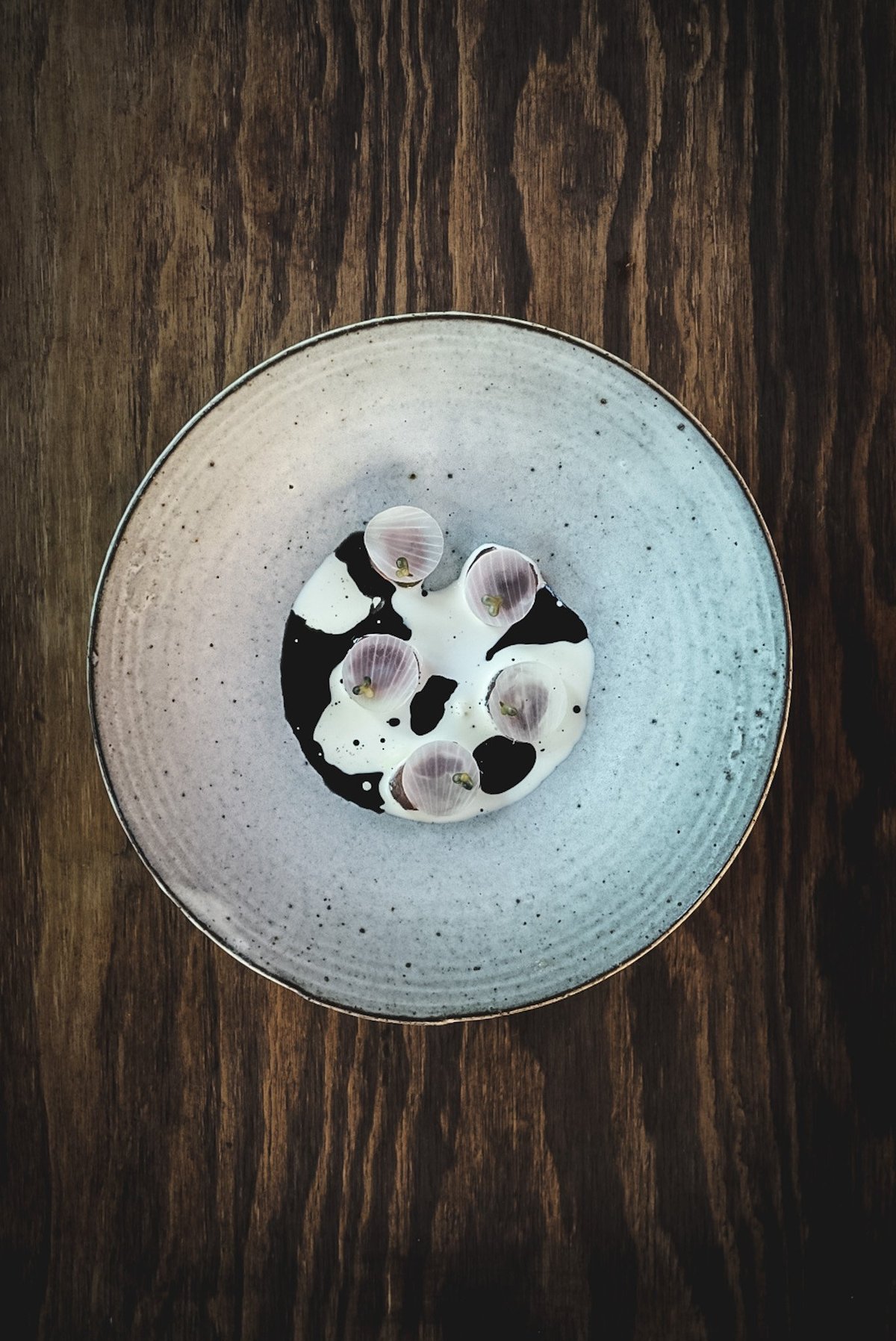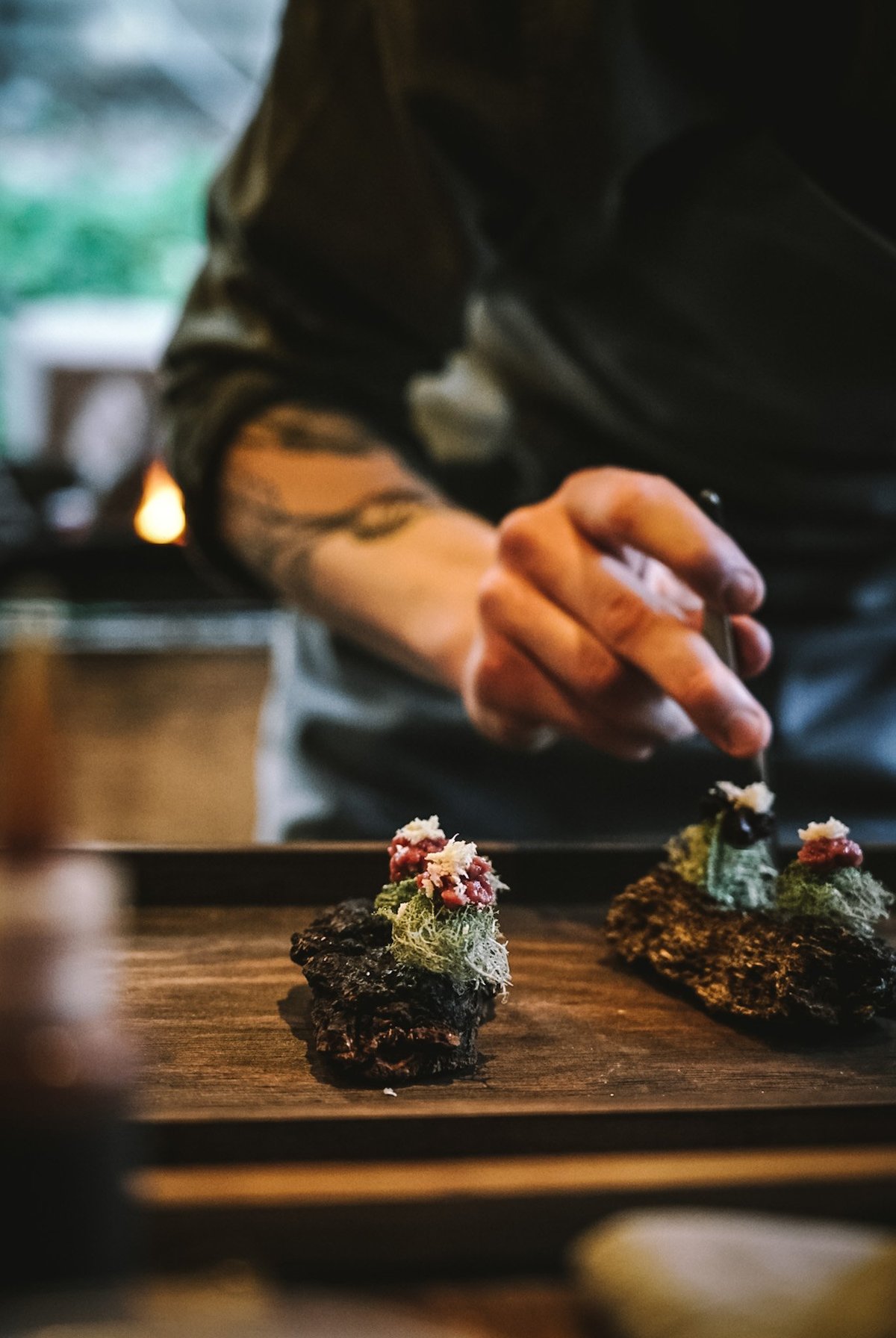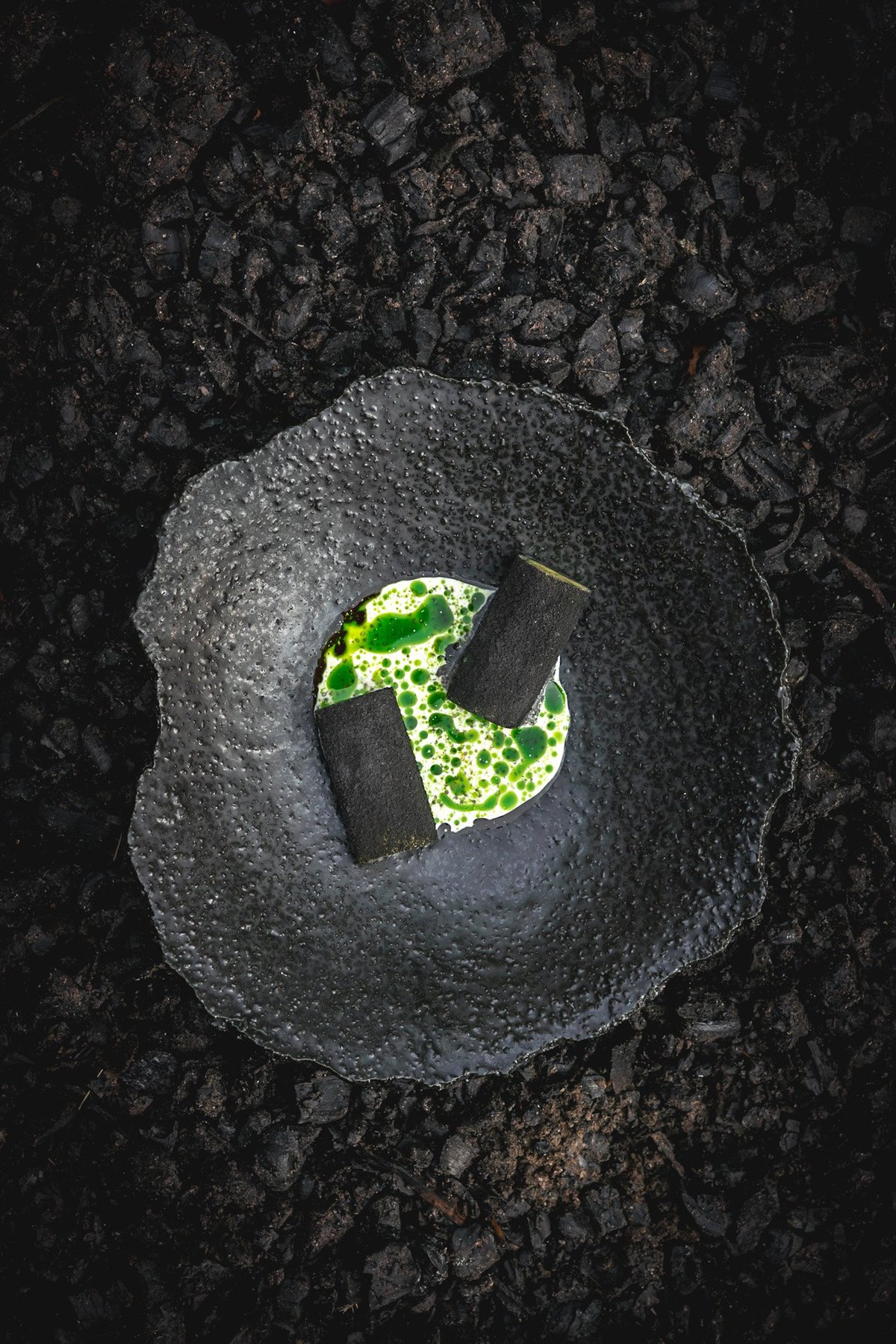Knystaforsen: Reconnecting with nature in the depths of the Swedish woodlands
"I promised myself when I turned 40, no more bullshit. It’s about being more honest, not being better than you are, sticking with who you are, and not being afraid of what people think. I never take for granted the people who come to our restaurant."
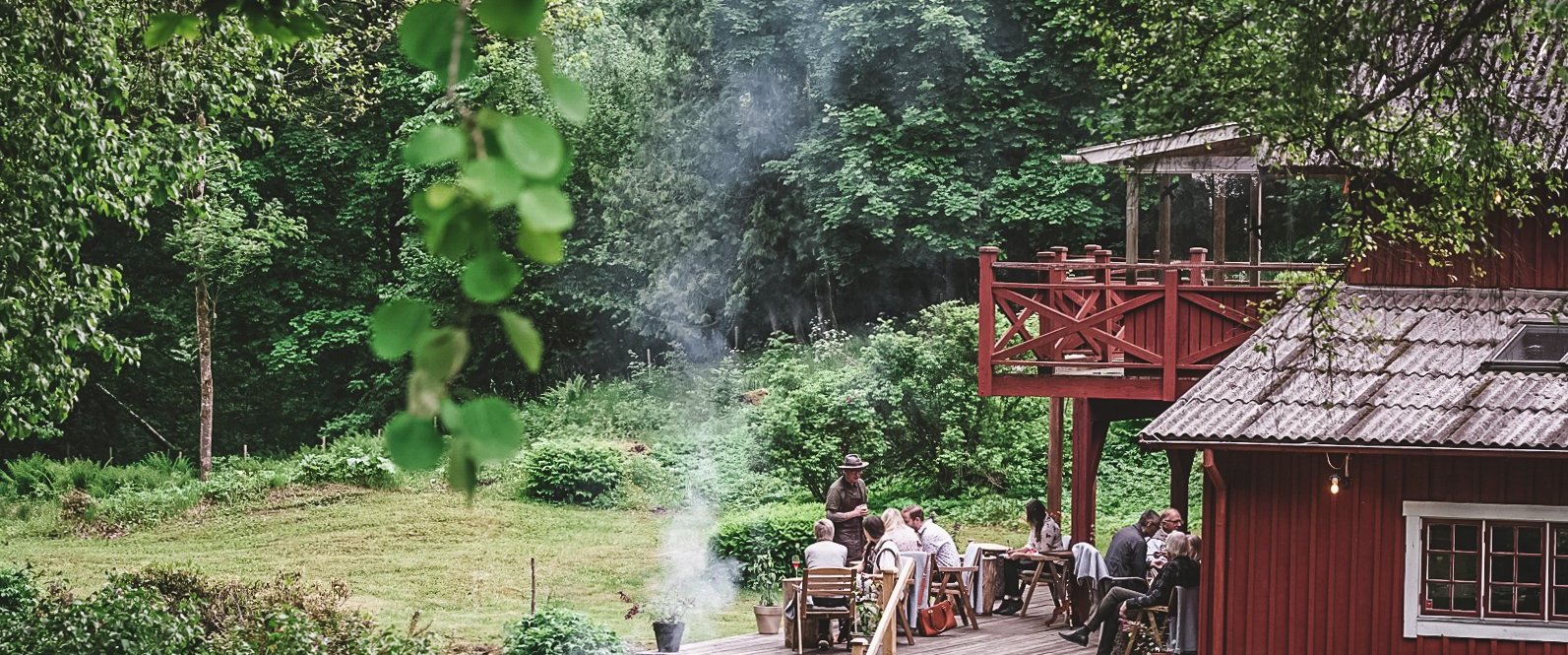
The chef’s pilgrimage to more remote locations, away from the urban reality has been an evident trend in recent years. For some, escaping to the countryside and villages outside of the city is about nurturing their desires to be closer to the produce, taking control of the growing process, and reconnecting with nature. For others, it is simply the next challenge, and a chance to recover from the hectic city kitchen burnout that befalls many modern chefs. An opportunity to reinvent themselves in a more secluded place, distancing themselves from the chaotic intensity of professional life.
The recent edition of the Madrid Fusion Alimentos de España 2023 offered a stage to the chefs who operate in the most remote locations of the world. Those working in close connection with their natural surroundings, making the best use of everything available to them locally, resurrecting primordial cooking techniques and incorporating them into new and exciting dishes.
One such chef who took to the stage at the Madrid Fusion this year was Nicolai Tram of Knystaforsen. 15 years ago, Nicolai Tram swore that he would never again work in a restaurant, or own one. Having previously worked in restaurants in Europe as well as running his own restaurant Jacobsen in Copenhagen, he decided to turn his back on the chef’s life and focus more on his family.
He spent the next 5 years working as a TV chef on the Go' Morgen Denmark show. He recalls this time “as if we were running in a hamster wheel, lacking any feeling of independence with no opportunity to spend more time together as a family”.
While some might daydream of leaving it all behind and moving into the remote woodlands, Tram and his family actually did it. Selling everything he had in Copenhagen, he moved, together with his wife and two kids, out to the countryside 200km north of Copenhagen, to settle down in an ancient sawmill dating back to 1871.
This small village, surrounded by the natural beauty of the woods and waters around Rydöbruk, became the newfound home of the Tram family.
This bucolic lifestyle of the Tram family now included daily foraging, natural cooking in the outdoors over the open fire, establishing connections with the local ecosystem and producers of Halland, and drinking wine made exclusively in Sweden. All of this inevitably led Nicolai to the idea of wrapping it all up into a gastronomic offering.
The next step followed easily. The family villa, set by a picture-perfect waterfall and close to the banks of the Nissan river, became a guest house, and the Knystaforsen restaurant was opened on the other side of the river, accessible by bridge from the villa. Fast forward to 2022, and it is awarded both a Michelin star and a Green Star, highlighting their dedication to upcycling local materials for the restaurant’s refurbishment, and cooking with ingredients found in the wild and procured from nearby producers.
The element of fire came to represent the ethos of Knystaforsen, and so became an iconic centerpiece for the gastronomic experience, with an ingenious method of open-fire cooking. Nicolai tells us that it creates the sense of presence, while working with fire is a collaboration with nature.
Talking about Knystaforsen, Nicolai categorically refuses to use the word ‘sustainability’. While reflecting on the business, he describes it simply as “the normal way we are used to doing it, the natural way for us, following permaculture principles, using lake fish, local game, offal, but it’s not the part of the story that we tell, it’s not necessary. It’s much more attractive for me to show that we are in the middle of nowhere, working on the fire and serving a feeling of eating a part of the land you are in.”
Being a continuation of the family lifestyle, the approach to service is consistently referred to as a homely attitude: “naturally it’s about all the small details, the ambiance, textures, sounds. We are here for the guests, there’s no other way, every time someone walks in our door we feel grateful they made an effort for us, it’s about them."

